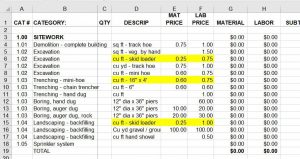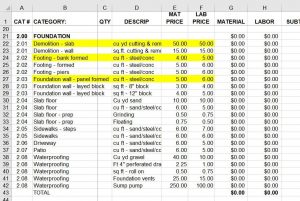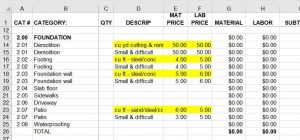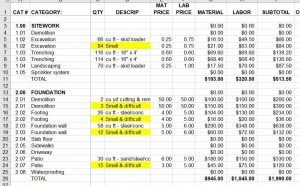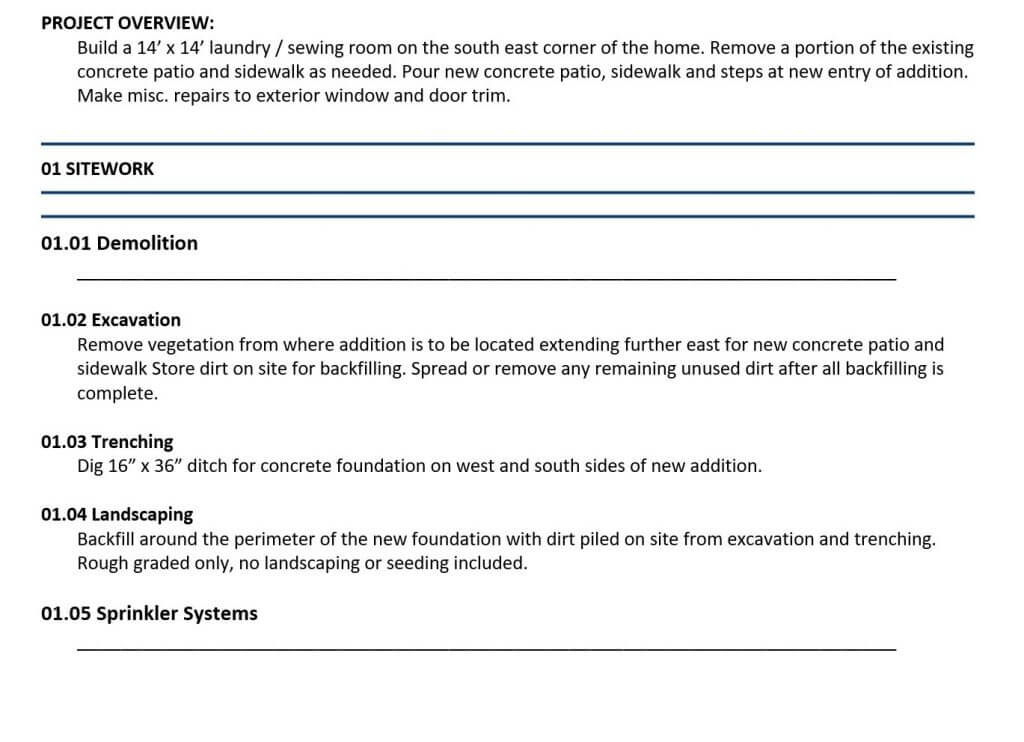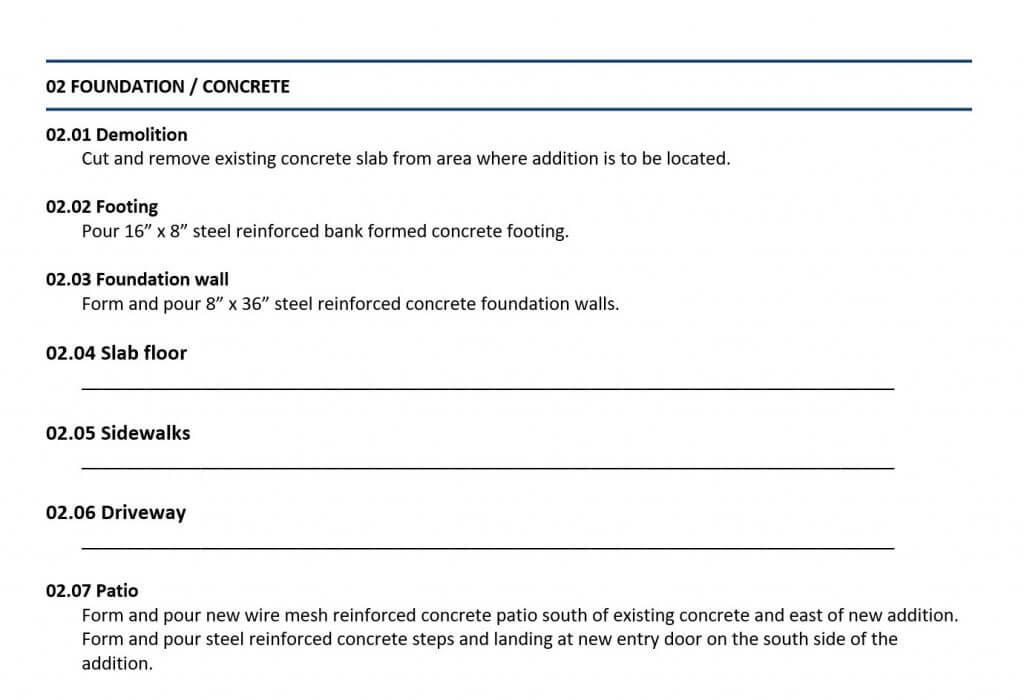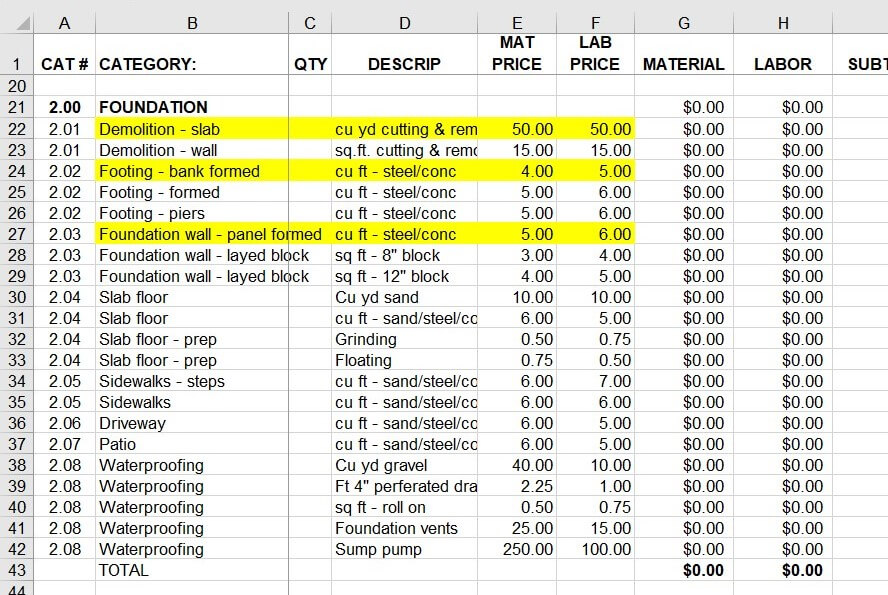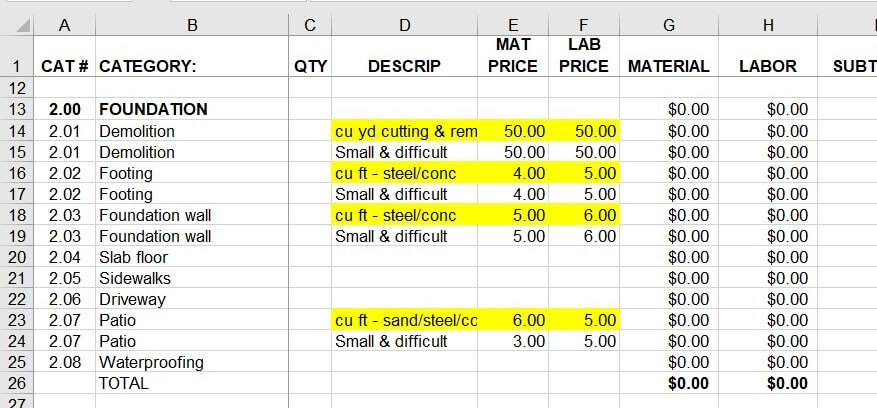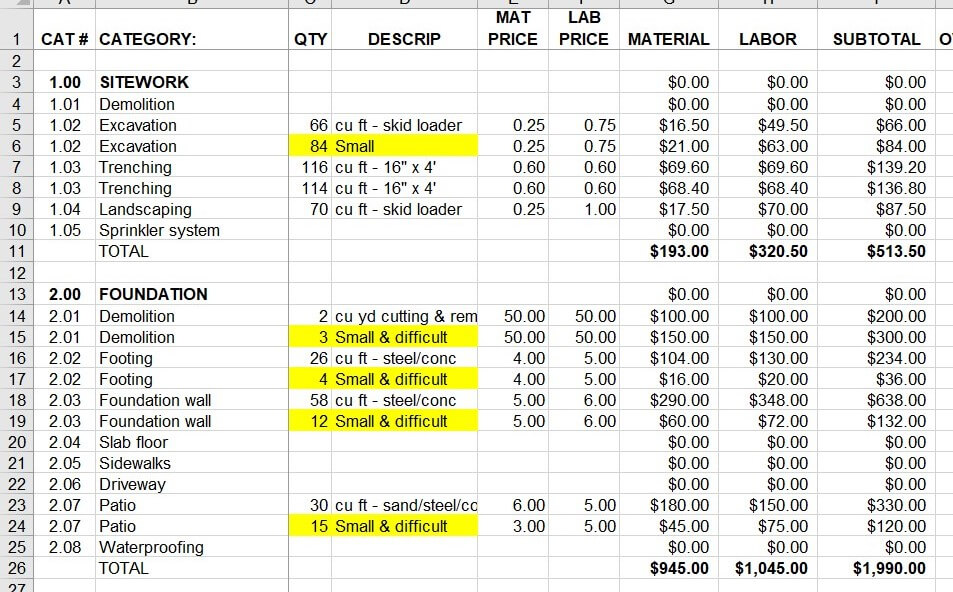The Focus Needs to Be on the Accomplishment, Not the Setting

We all have visions of what our dream life will look like and it can be frustrating and depressing when things don’t turnout like we planned.
In my last post I referred to Hallmark movies and how people tend to like them or not. The more I’ve thought about this the more it seems that those who like them are generally positive and those who don’t…not so much. (Keep in mind that I have done no scientific study about this.)
As I look back over this past year and my goals that were not accomplished, it’s disappointing. Sure, some goals were, but many weren’t. I find myself beginning to get negative. If I’m not careful I start believing that I can’t really do those things anyway, who am I kidding. It’s just some unrealistic fairytale dream, like a Hallmark movie.
Giving up is like dying while you’re still alive. Don’t give up!
So, it’s a new year full of new opportunities and possibilities. I don’t know about you, but I’m setting some new big amazing goals for 2020. What, you might ask, is going to make this year different than the rest? The others are in the past and can’t be changed. This new year is a clean page to write whatever I want on.
 I have to be careful when putting my dreams on a new page. There are so many they begin to overlap and run off the edge. There are so many big wonderful things to do, it’s easy to continually dream more and bigger. What’s hard is clarity and focus. This year we’re going to clarify our mission and narrow our focus. One tool we’re using for this is Donald Miller’s, Business Made Simple.
I have to be careful when putting my dreams on a new page. There are so many they begin to overlap and run off the edge. There are so many big wonderful things to do, it’s easy to continually dream more and bigger. What’s hard is clarity and focus. This year we’re going to clarify our mission and narrow our focus. One tool we’re using for this is Donald Miller’s, Business Made Simple.
A goal without clarity of mission is like a small boat without a rudder.
There are tons of goal setting systems and programs out there, I know because I’ve used many of them. I’m not saying there’s anything wrong with any of them. Many of them I’m still using. What I am saying is that I need to clarify my mission. I’m tired of ending up wherever the current takes me. Goal setting is an important part of accomplishment, but the mission needs to come first.

I can set goals all day long, but if I’m not clear about the mission, I may be setting the wrong ones.
If I hope to accomplish that which I have been put here for I need to start with clarifying my mission first and set my goals accordingly.
If all goes well, we hope to have the new Solution Building web site operational later this week.







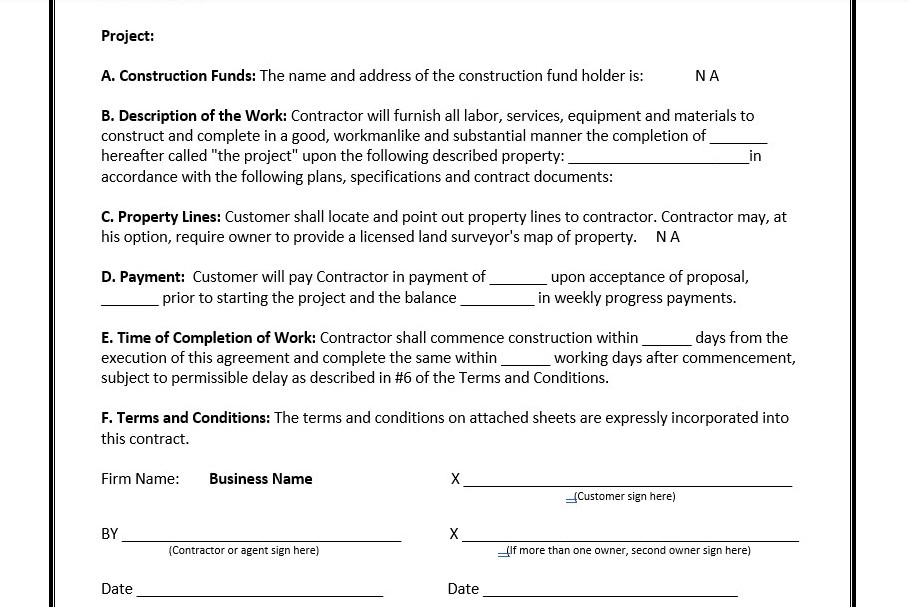



 I love the anticipation of looking forward to opening presents on Christmas morning. I don’t want to know what I’m getting until I take the paper off and open it. I will be extra careful to not see what’s in boxes and bags around the house leading up to Christmas. The looking forward to the unveiling of the surprise is exciting.
I love the anticipation of looking forward to opening presents on Christmas morning. I don’t want to know what I’m getting until I take the paper off and open it. I will be extra careful to not see what’s in boxes and bags around the house leading up to Christmas. The looking forward to the unveiling of the surprise is exciting.


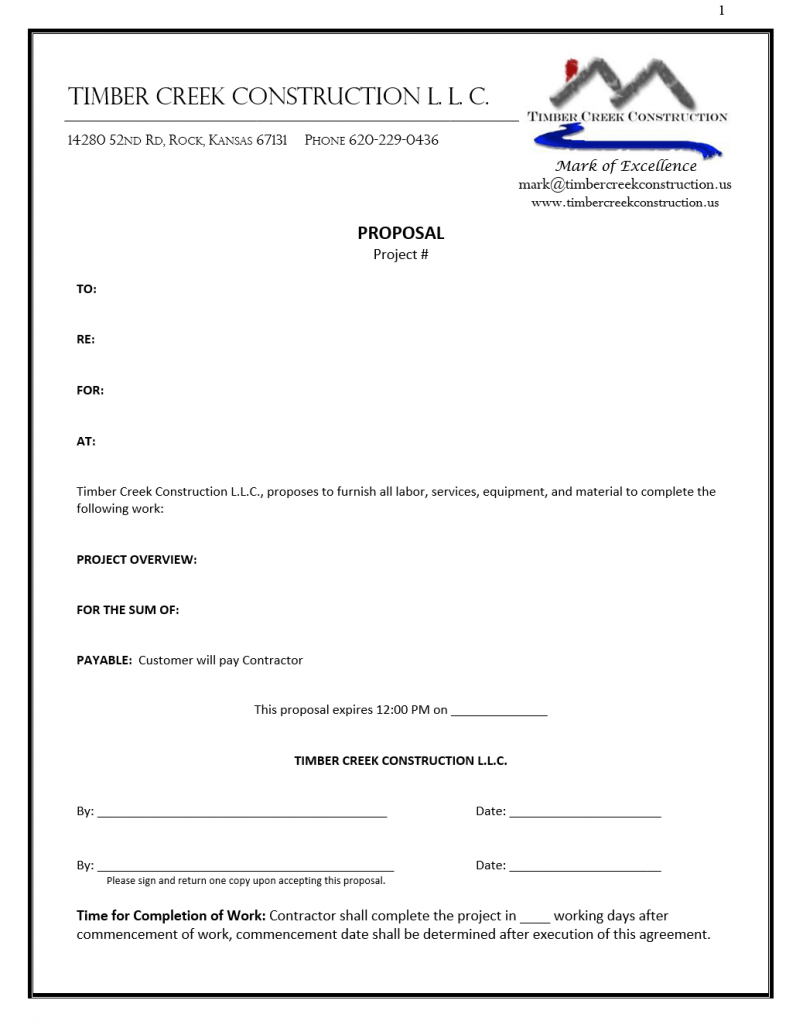

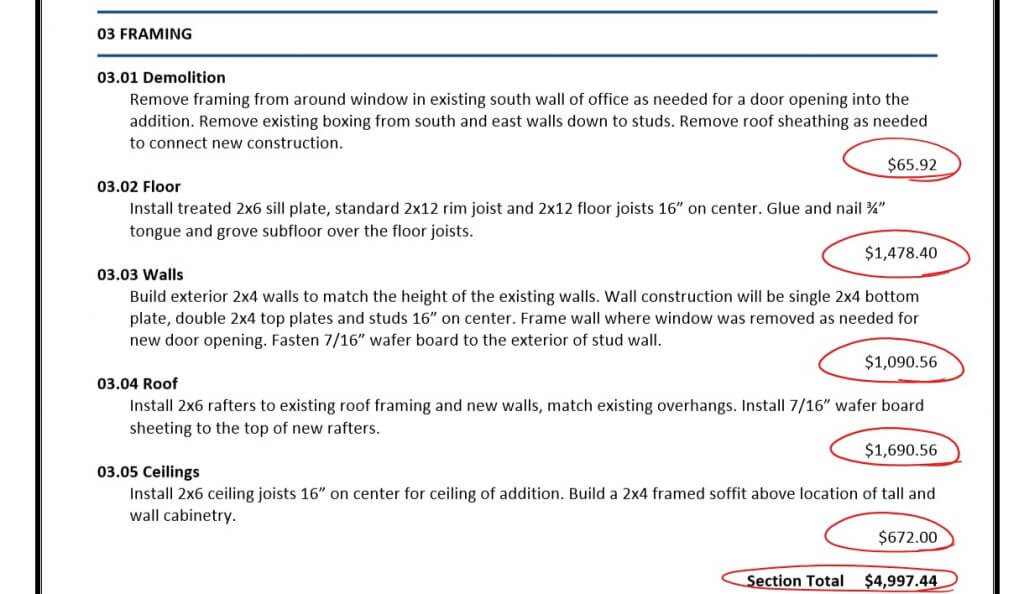
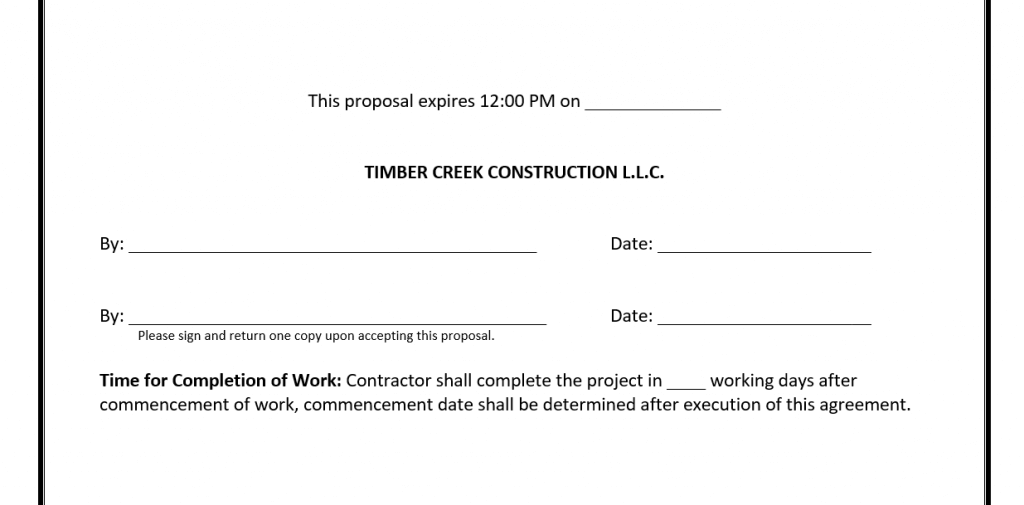
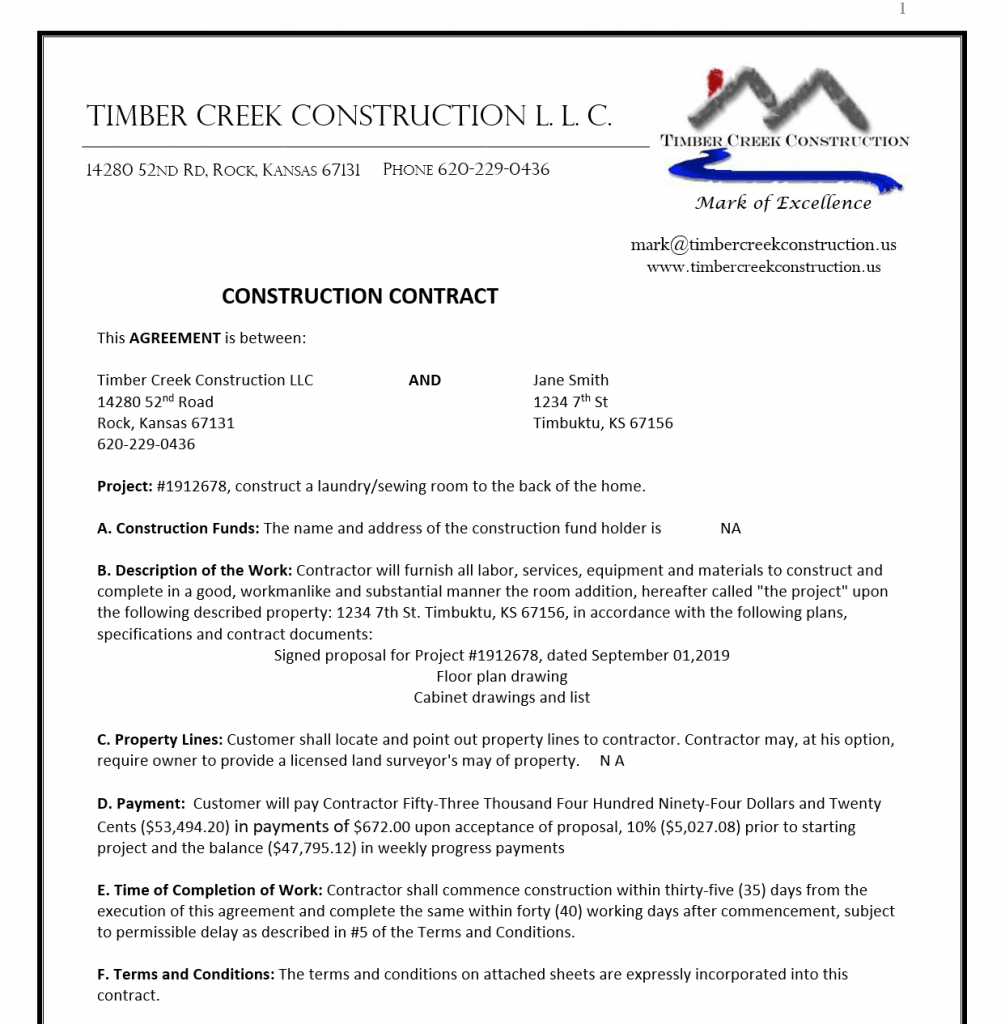
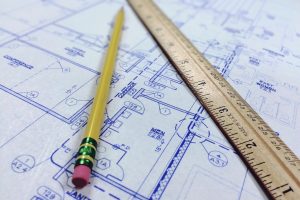


 According to the Bureau of Standards, “A dense fog covering seven city blocks, to a depth of 100 feet, is composed of something less than one glass of water.” So, if all the fog covering seven city blocks, 100 feet deep, were collected and held in a single drinking glass, it would not even fill it.
According to the Bureau of Standards, “A dense fog covering seven city blocks, to a depth of 100 feet, is composed of something less than one glass of water.” So, if all the fog covering seven city blocks, 100 feet deep, were collected and held in a single drinking glass, it would not even fill it.





